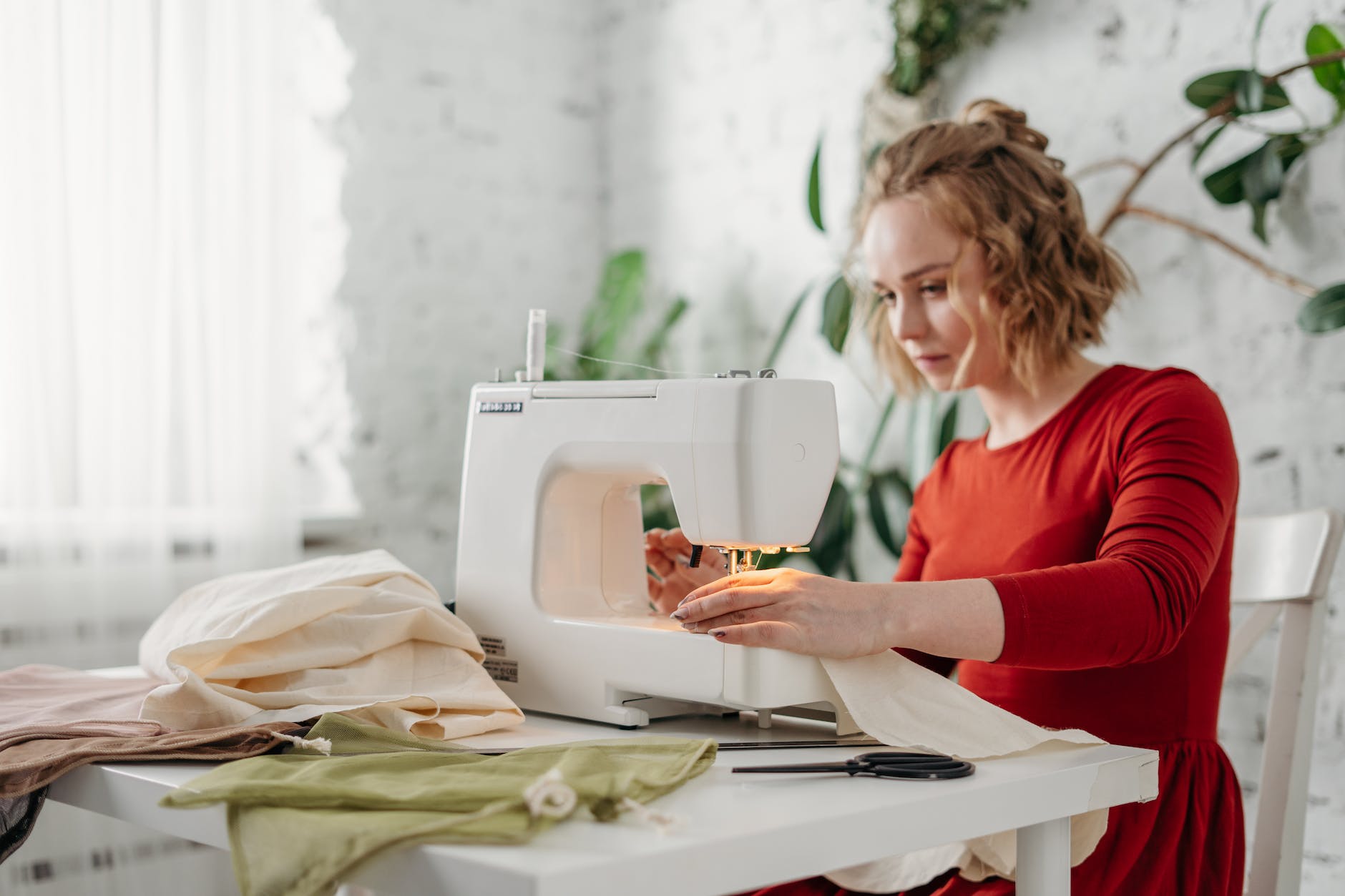sewing tips and tricks: expert advice for better results
Learning the basics is essential for any sewist, but it takes experience to take your skills to the next level. There are many insider techniques and shortcuts that can help you work quickly and accurately.
Here are some tips to help you finesse fittings, handle tricky materials, correct mistakes, and build your capabilities:
- Use a fitting muslin to test the fit of your garment before you cut into your final fabric. This will help you avoid costly mistakes.
- Learn how to handle different types of fabrics. Some fabrics, such as knits, require special handling techniques.
- Don’t be afraid to make mistakes. Everyone makes mistakes when they are learning. The important thing is to learn from your mistakes and move on.
- Ask for help from more experienced sewists. There are many sewists who are willing to share their knowledge and expertise.
With practice and experience, you will develop your own sewing wisdom. You will learn what works best for you and you will be able to create beautiful and well-made garments.
Here are some additional tips for learning from experience:
- Pay attention to the details. When you are sewing, take the time to pay attention to the details. This will help you avoid mistakes and create garments that are well-made.
- Be patient. Learning to sew takes time and patience. Don’t get discouraged if you don’t master everything right away. Just keep practicing and you will eventually get there.
- Have fun! Sewing should be enjoyable. If you are not having fun, you are less likely to stick with it. So find ways to make sewing fun for you and you will be more likely to succeed.
Planning and Cutting Tips
- Press fabric before cutting – wrinkles throw off grainline accuracy
- Use new rotary cutter blades and quality shears for flawless cuts
- Mark dots at notches and circles rather than clipping into seam allowances
- Cut lining and fashion fabric together to ensure identical sizing
- Mark darts and pleats directly on fabric wrong side before sewing
- Transfer all pattern markings before removing paper pattern
Fitting Adjustments and Alterations
- Select patterns by finished garment measurements first, then adjust sizing as needed
- Make a quick muslin mockup to check the fit before cutting good fabric
- Pin-fit garments frequently as you sew to catch issues early
- For neckline or waist gaping, take in at shoulder or side seams gradually
- Add interior ties at side or underarm seams for further adjustable shaping
- If fabric strains over curves, increase seam allowance only in that area
Handling Tricky Fabrics and Parts
- Embrace the walking foot for silky or highly textured fabrics requiring stability
- Use fabric appropriate needles – denim needle for heavy fabrics, ballpoint for knits
- Apply stay tape along seam lines on necklines and armholes to stabilize stretch
- Interface or underlay delicate areas like collars and cuffs to add support
- Staystitch curved edges like necklines and princess seams to prevent stretching later
Professional Finishing Touches
- Grade (layer and trim) enclosed seams to reduce bulk, especially on collars and curves
- Serge or zigzag raw edges to prevent unraveling
- Sew a wide presser foot or tissue paper when topstitching to prevent tunnels
- Check zipper pull moves freely without catching before inserting zipper
- Steam and shape linings before setting into garments for sleek finishes
- Add jacket shields inside armpits to prevent staining from deodorant
Correcting Mistakes
- Keep a seam ripper on hand for inevitable stitching errors – carefully remove threads
- For skipped stitches, resew over area closely instead of removing all previous stitching
- Insert pins sideways in problem spots to realign material until you can restitch
- Place strips of stabilizer behind ripped regions to strengthen fabric when restitching
- Cover mistakes in inconspicuous locations with appliques, extra topstitching, or patches
Sewing is a skill that can be learned by anyone, regardless of their experience level. With a little practice and patience, you can create beautiful and well-made garments.
This article has provided you with some tips and tricks that can help you improve your sewing skills. By following these tips, you will be able to sew like a pro in no time!
Here are some final thoughts to keep in mind:
- Don’t be afraid to experiment. The best way to learn is by doing. So don’t be afraid to try new things and see what works for you.
- Have fun! Sewing should be enjoyable. If you are not having fun, you are less likely to stick with it. So find ways to make sewing fun for you and you will be more likely to succeed.
I hope this article has inspired you to start sewing or to take your sewing skills to the next level. With a little practice and patience, you can create beautiful and well-made garments that you will love to wear.
Here are some additional tips for improving your sewing skills:
- Read sewing blogs and magazines. There are many great resources available that can teach you new sewing techniques and skills.
- Take sewing classes. If you want to learn from an experienced sewist, consider taking a sewing class.
- Join a sewing guild or group. This is a great way to connect with other sewists and learn from their experiences.
- Don’t be afraid to ask for help. If you are stuck on a project, don’t be afraid to ask for help from a more experienced sewist.
With a little effort, you can become a skilled sewist who can create beautiful and well-made garments. So get started today and see what you can create!
